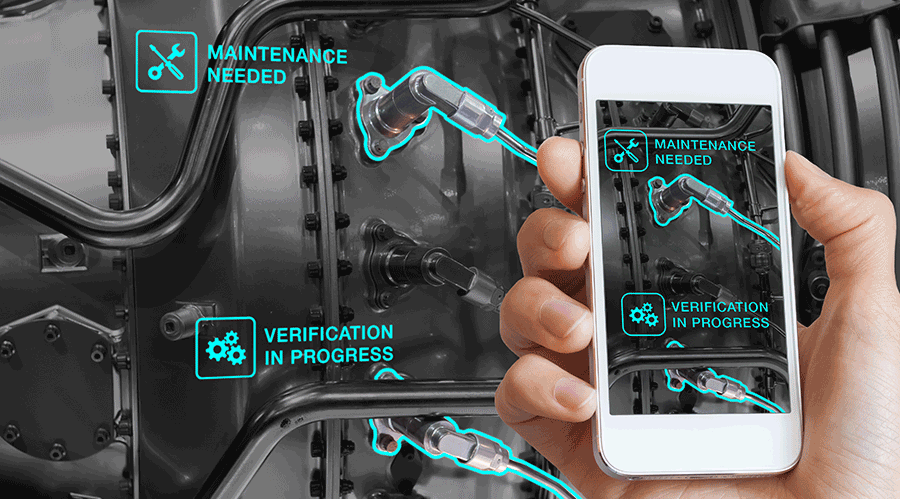Involve All Relevant Parties in Demand-Response Program
Involving all relevant parties in this process is essential. Managers must explain the program to them, including potential risks and benefits. If occupants are actively involved, they are more likely to take part willingly and contribute to overall success. Often, occupants can even identify additional electricity loads the facility can shed or shift. Also, designating a staff member for each occupant as an efficiency team leader often can lead to greater success.
Once managers have identified the loads, the next step is to develop a plan to shed those loads in the event of a demand-response event. The amount of time managers have to do so depends on the particulars of the utility's program.
Facilities with a building-automation system (BAS) are best suited for participation. A BAS helps managers identify loads that can be curtailed, as well as to establish a program for shedding the loads. The BAS also can rapidly respond to utility-company notifications, and they can rotate shed loads so that no load is off-line for too long.
If a facility does not have a BAS, maintenance technicians can shed loads manually. Manually run programs require managers to have a plan to rapidly turn off pre-identified loads at the start of an event and turn them on afterward. If the facility does not have technicians who can respond rapidly, participation might not be an option.
James Piper, P.E., is a national consultant based in Bowie, Md. He has more than 25 years of experience in facilities maintenance and engineering management.
Related Topics:













